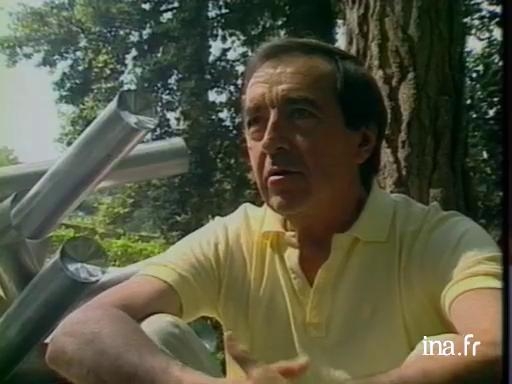Pol Bury

Information
Report on the exhibit of sculptures by Pol Bury, master of kinetics, at the Sapone Gallery in Nice.
Context
Accomplished artist, painter, writer, art critic, editor and director of short films, the Belgian Pol Bury (1922-2005) is particularly celebrated for his sculptures and his contribution to kinetic arts. After having mixed as a painter with Belgian surrealists gathered around Magritte, then the experimental group CoBrA, Bury discovered the works of the American Alexander Calder in 1950.
Seduced by the aesthetics of movement, little by little he abandoned painting to create his first 'Plans Mobiles'. These suspended geometric shapes, abandoned to the open manipulation of the viewer, allowed him to appear in the famous Denise René gallery exposition in 1955, "Movement". Also displaying there was Calder, Duchamp, Jacobsen and Vasarely. Following the Greek Takis' example, he introduced an electric motor to move his works, which he'd not leave to the viewers any more. What Bury was looking for was extreme slowness, imperceptible oscillation. In 1964, Pol Bury represented Belgium at the Venice Biennial.
Following that, the artist distinguished himself by applying kinetics to fountains, which won him several institutional commissions amongst which were creations for the Solomon Guggenheim Museum in New York (1980), the Palais-Royal in Paris (1985) and the Olympic games in Seoul (1988).




